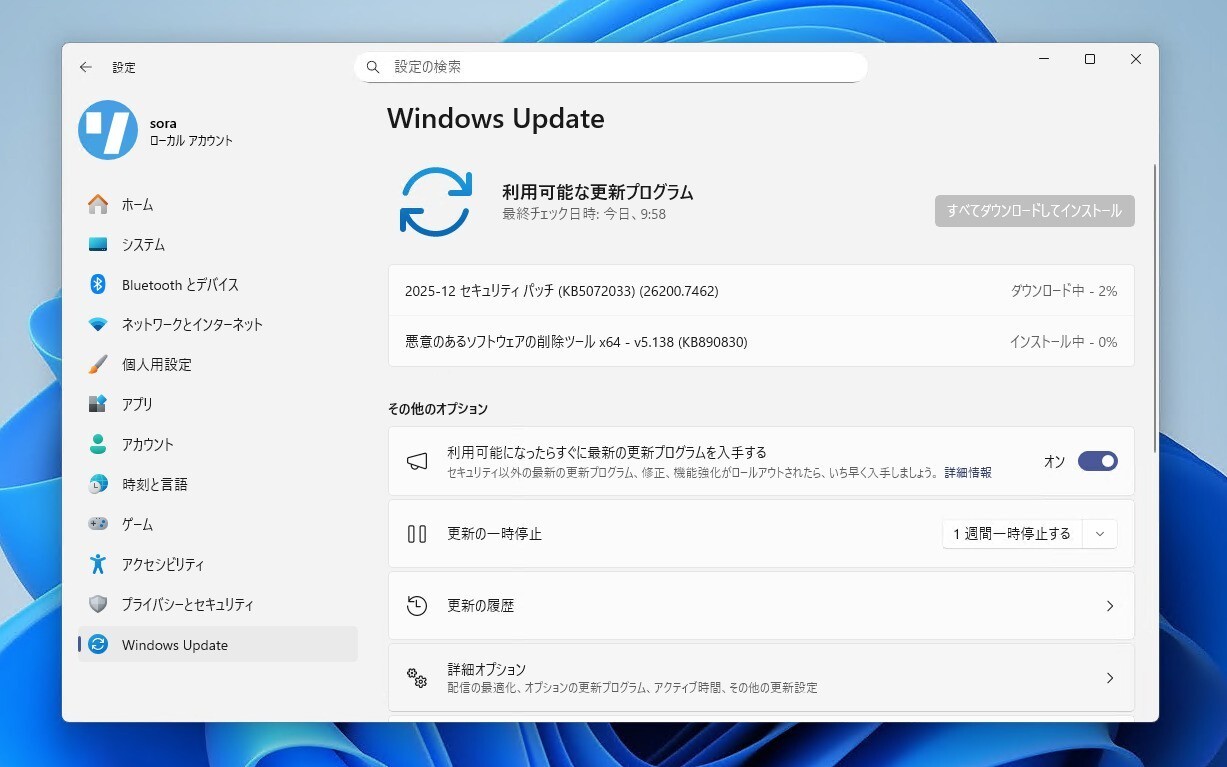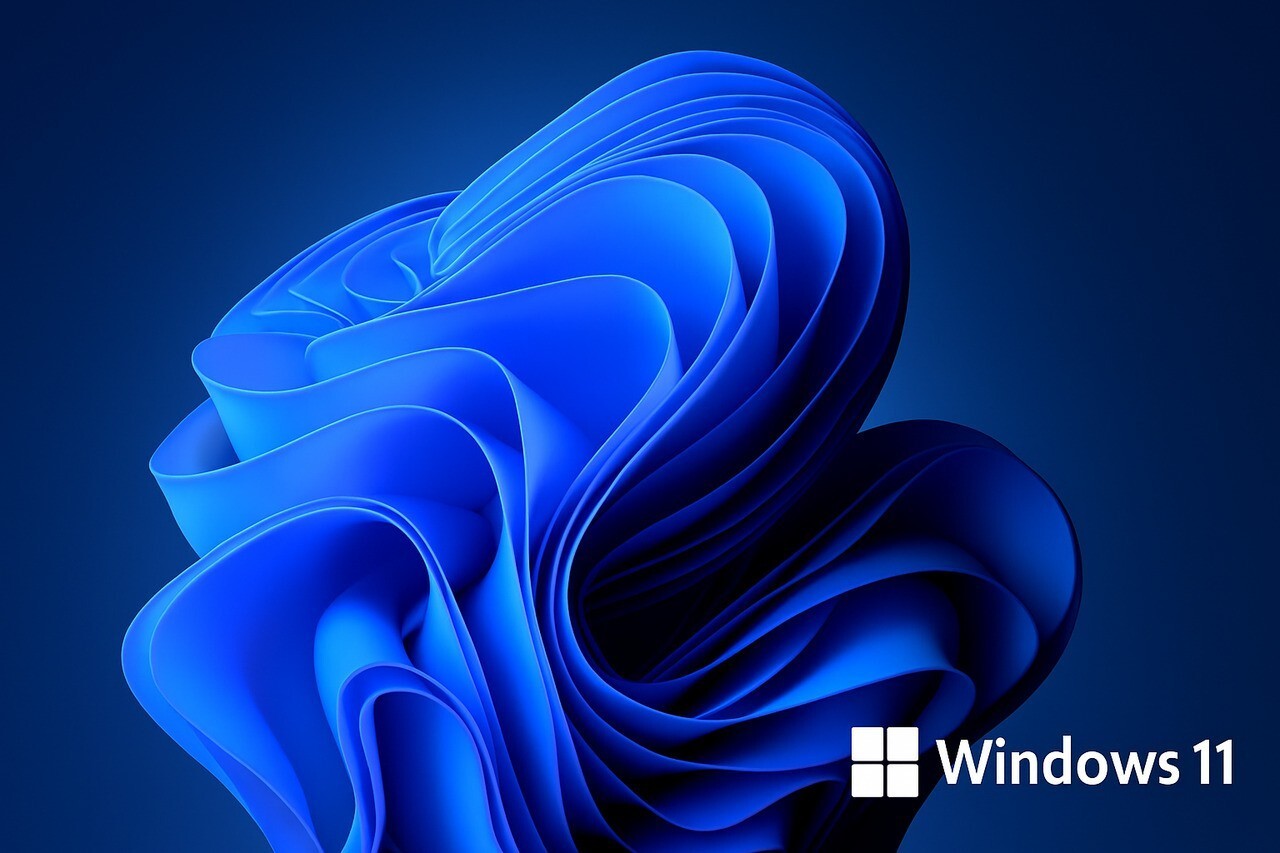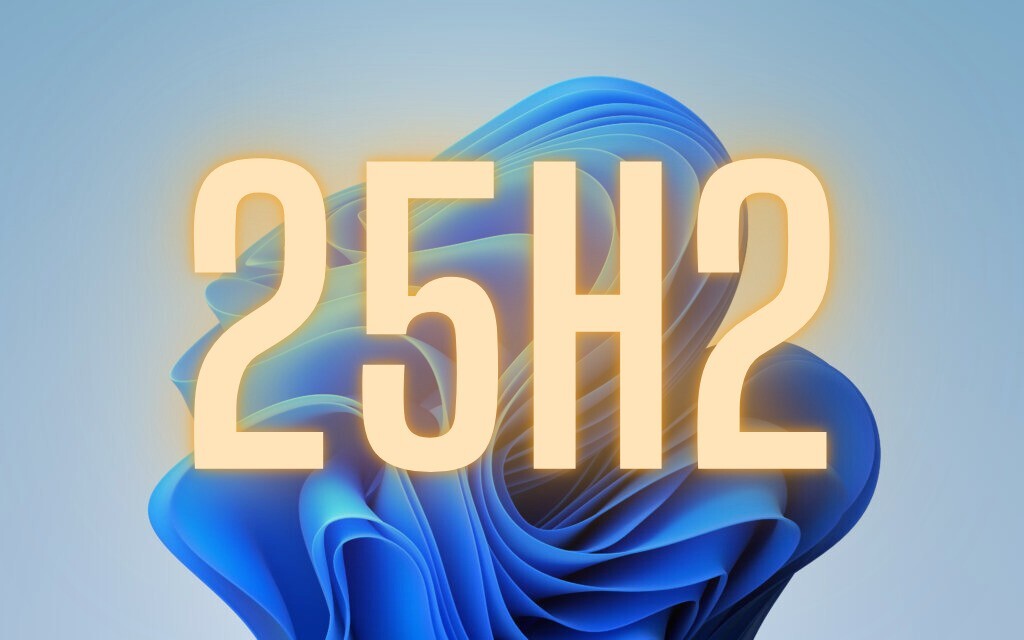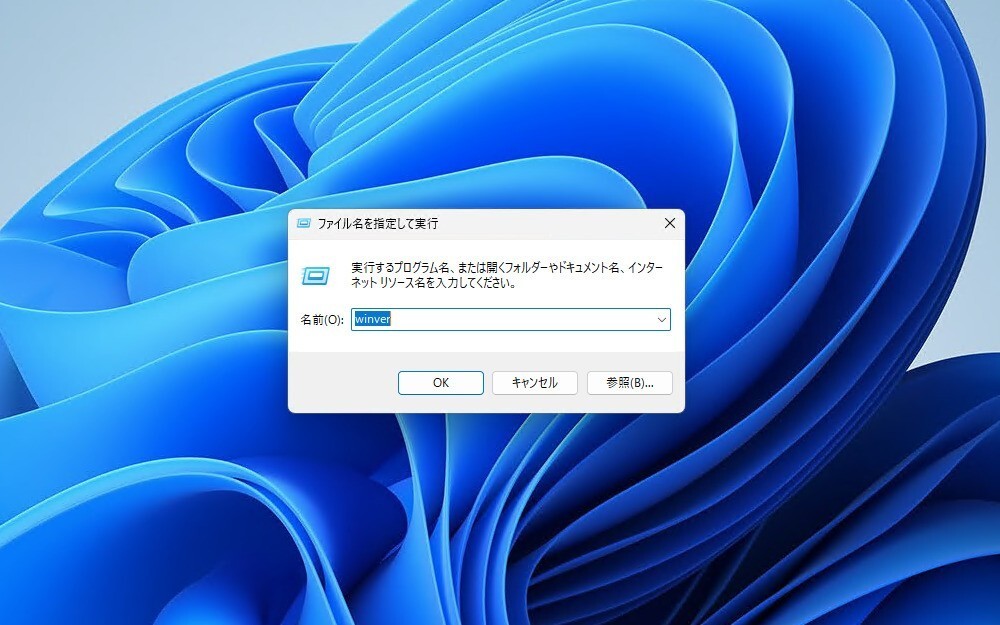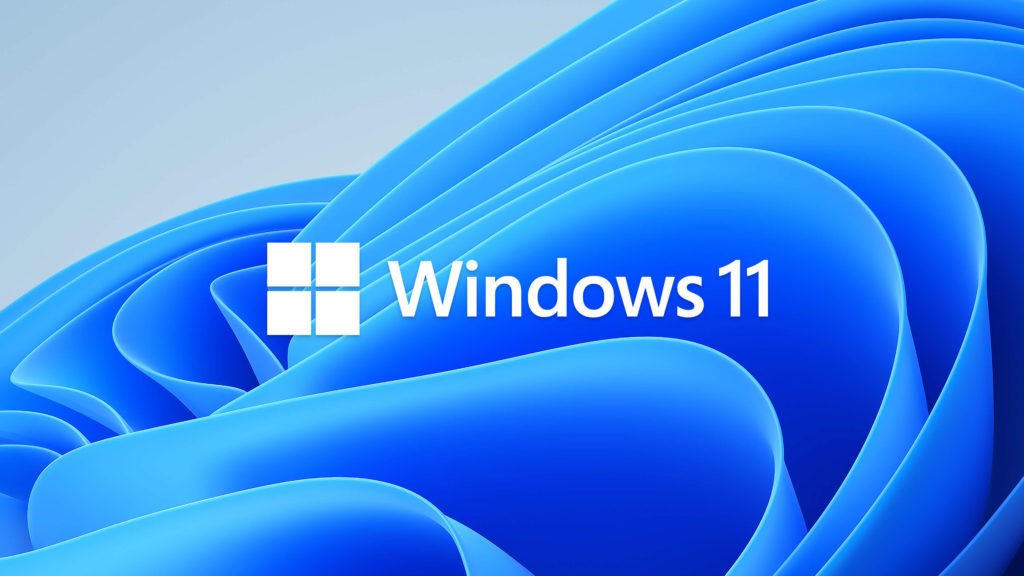
Microsoftは本日、Windows Insider Programに参加し、Beta / Release Previewチャンネルを選択しているユーザー向けに「Windows 11 Build 22000.282」をリリースしました(Windows Blog)。
最新ビルドでは多数の不具合の修正と改善が行われていますが、なかでもAMDのRyzen CPUでパフォーマンスが悪化している問題に対する修正が行われていることが注目されます。
Windows 11の最初の安定版ではAMDのRyzen CPUでL3キャッシュのレイテンシーが増加し、ゲームなどレイテンシーに敏感なアプリケーションでパフォーマンスが低下する現象が確認されていました。10月の月例更新プログラムではこの問題がさらに悪化していたことが判明してましたが、新ビルドでようやく対処されたことになります。
なおこの問題は、旧世代のCPUでMBEC(Mode-Based Execute Control)が搭載されていないことによって発生するVBS(Virtualization-based Security)のパフォーマンス低下とは全く別の問題です。
Build 22000.282ではこれを含め以下のような変更が行われています。
- We fixed an L3 caching issue that might affect performance in some applications on devices that have AMD Ryzen processors after upgrading to Windows 11 (original release).
- We fixed an issue for a small number of users that prevents the Start menu from working and prevents you from seeing the updated taskbar design after upgrading to Windows 11 (original release).
- We fixed a race condition that occurs during the early part of startup that might cause a stop error.
- We fixed a regression that might cause stop error 0x38 on some machine configurations that use non-ASCII text in the registry.
- We fixed an issue with the interrupt handling of certain processors that might cause devices to stop responding.
- We fixed an issue that causes PowerShell to create an infinite number of child directories. This issue occurs when you use the PowerShell Move-Item command to move a directory to one of its children. As a result, the volume fills up and the system stops responding.
- We fixed an issue that causes the Server Manager application to disappear after you use it to remove Hyper-V features. This issue occurs when you install Server Manager on Windows 11 (original release) clients using Remote Server Administration Tools (RSAT).
- We fixed a threading issue that might cause the Windows Remote Management (WinRM) service to stop working when it is under a high load.
- We fixed an issue that causes the Windows Management Instrumentation (WMI) provider host process to stop working. This occurs because of an unhandled access violation that occurs when using the Desired State Configuration (DSC).
- We fixed an issue that causes a device to stop responding when you forcibly shut down the device while a Group Policy is being updated.
- We fixed an issue that causes file migration between Distributed File System (DFS) paths that are stored on different volumes to fail. This issue occurs when you implement the migration using PowerShell scripts that use the Move-Item command.
- We fixed an issue that prevents you from writing to a WMI repository after a low memory condition occurs.
- We fixed an issue with a hardcoded font in the PowerShell shortcut file that distorts Japanese, Chinese, and Korean language fonts. This update fixed this issue for all newly created users on the machine. Existing users can use the C:\Users\Default\AppData\Roaming\Microsoft\Windows\Start Menu\Programs\Windows PowerShell\Windows PowerShell.lnk file to open PowerShell to address the issue. Alternatively, existing users can create a shortcut to this file on the desktop and use the shortcut to open PowerShell.
- We fixed an issue with parsing time formats in events when milliseconds are excluded.
- We fixed an issue that incorrectly renders some Enhanced Metafile Format (EMF) files. This issue occurs if you build the EMF files using third-party applications with ExtCreatePen() and ExtCreateFontIndirect().
- We provided administrators the option to reset the zoom to the default for HTML dialogs in Microsoft Edge Internet Explorer mode.
- We fixed an issue with Enterprise Mode Site List redirection from Internet Explorer 11 to Microsoft Edge. In certain circumstances, the redirection opens a site in multiple tabs in Microsoft Edge.
- We fixed an issue that causes Internet Explorer to stop working when you input certain characters in the Input Method Editor (IME).
- We fixed an issue with PropertyGet in JScript9.dll.
- We fixed a memory leak that occurs when you use nested classes within VBScript.
- We fixed an issue that fails to keep the NumLock state after a Fast Startup restart.
- We fixed an issue with moving certain app windows. Moving these app windows might be unusually slow if a File Explorer window is visible on the screen.
- We fixed an issue that intermittently prevents the Mail app from accepting keyboard input in the address and subject boxes.
- We fixed an issue with the UI for renaming files using folder view in File Explorer. The UI fails to properly handle inline composition using the new Japanese IME.
- We fixed an issue in which the use of App-V intermittently causes black screens to appear when signing in on the credentials page.
- We fixed an issue with an internet print server that fails to properly package modified printer properties before sending the package to the client.
- We implemented a Group Policy setting for the following registry value (For more information, see KB5005010):
Registry location: HKLM\Software\Policies\Microsoft\Windows NT\Printers\PointAndPrint
Value name: RestrictDriverInstallationToAdministrators
Value data: 1
- We fixed an issue that might cause Xbox Game Bar recording features to be unavailable.
- We fixed an issue that might cause distortion in the audio captured by voice assistants.
- We fixed an issue that causes a memory leak in lsass.exe when the pTokenPrivileges buffer is not released.
- We fixed an issue that might cause Kerberos.dll to stop working within the Local Security Authority Subsystem Service (LSASS). This occurs when LSASS processes simultaneous Service for User (S4U) user-to-user (U2U) requests for the same client user.
- We fixed an issue with a non-paged pool (NPP) leak from the UxSF pool tag. This leak occurs when lsass.exe stops processing asynchronous Security Support Provider Interface (SSPI) calls.
- We fixed an issue that prevents you from enabling BitLocker on a thinly provisioned virtual machine (VM). The error is “A device attached to the system is not functioning” and the system logs, “STATUS_UNSUCCESSFUL”.
- We improved the performance of MsSense.exe in environments with User Datagram Protocol (UDP) applications that require high amounts of bandwidth.
- We fixed an issue in Windows Defender Exploit Protection that prevents some Microsoft Office applications from working on machines that have certain processors.
- We enabled credentials for Azure Active Directory (Azure AD) Active Directory Federation Services (ADFS) users in Quick Assist.
- We fixed an issue that sometimes prevents Quick Assist users from using full screen view after they start a remote assistance session.
- We fixed an issue in which Set-RDSessionCollectionConfiguration does not set the camerastoredirect:s:value custom property.
- We fixed an IME mode instability in the RemoteApp scenario. You must install this update on the Remote Desktop server and Remote Desktop client.
- We fixed an issue that causes the IME toolbar to appear even when the RemoteApp is closed.
- We fixed a paged pool memory leak of the registry keys for the Virtual Desktop ID that occurs in explorer.exe.
- We made small adjustments to the contrast theme colors, such as making hyperlinks more distinct when you hover over them while you are using the desert theme.
- We fixed an issue that prevents Narrator and other screen readers from announcing when the Start menu is open in certain cases.
- We fixed an issue that occurs if the search index is damaged in certain ways; attempts to search using the taskbar or File Explorer fail.
- We fixed an issue that prevents the search window from appearing on a secondary monitor.
- We fixed an issue that might cause the File Explorer window to lose focus when you map a network drive.
- We fixed an issue that sometimes causes the lock screen to appear black if you set up slideshow.
- We fixed a reliability issue with LogonUI.exe, which affects the rendering of the network status text on the credentials screen.
- We fixed an issue that prevents you from opening multiple instances of an app using Shift and clicking on the app’s icon in the taskbar.
- We updated the visual design and animations of the Chat icon on the taskbar.
- We removed the warning about losing other people’s unsaved work when shutting down or restarting if no other users are signed in.
- We fixed an issue that might occur when you configure the policy, “Delete user profiles older than a specified number of days on system restart”. If a user has been signed in for longer than the time specified in the policy, the device might unexpectedly delete profiles at startup.
- We fixed an issue that fails to establish a connection to the Remote Desktop Protocol (RDP) service or immediately drops an RDP connection under certain circumstances.
- We fixed an issue that might cause input delays for certain Bluetooth mice and keyboards.
- We fixed an issue that prevents the Start menu from opening after a video driver upgrade.
- We improved the precision of the estimates for downtime when the estimates are at least two minutes or more.
- We fixed a Local Security Authority Subsystem Service (LSASS) domain controller memory leak that is reported in Privileged Access Management (PAM) deployments.
- We fixed an issue that occurs when the Lightweight Directory Access Protocol (LDAP) bind cache is full, and the LDAP client library receives a referral.
- We fixed an issue in Adamsync.exe that affects the syncing of large Active Directory subtrees.
- We fixed an issue that causes a deadlock when Offline Files are enabled. As a result, CscEnpDereferenceEntryInternal holds parent and child locks.
- We added the ability to configure period or dot (.) delimited IP We fixed interchangeably with fully qualified host names in the following Group Policy settings:
Beta/Release Previewチャンネルでのテストで問題が発生しなければ、近い将来、製品版Windows 11に対する更新プログラムが提供されるが期待できます。
詳細はWindows Blogで確認可能です。

